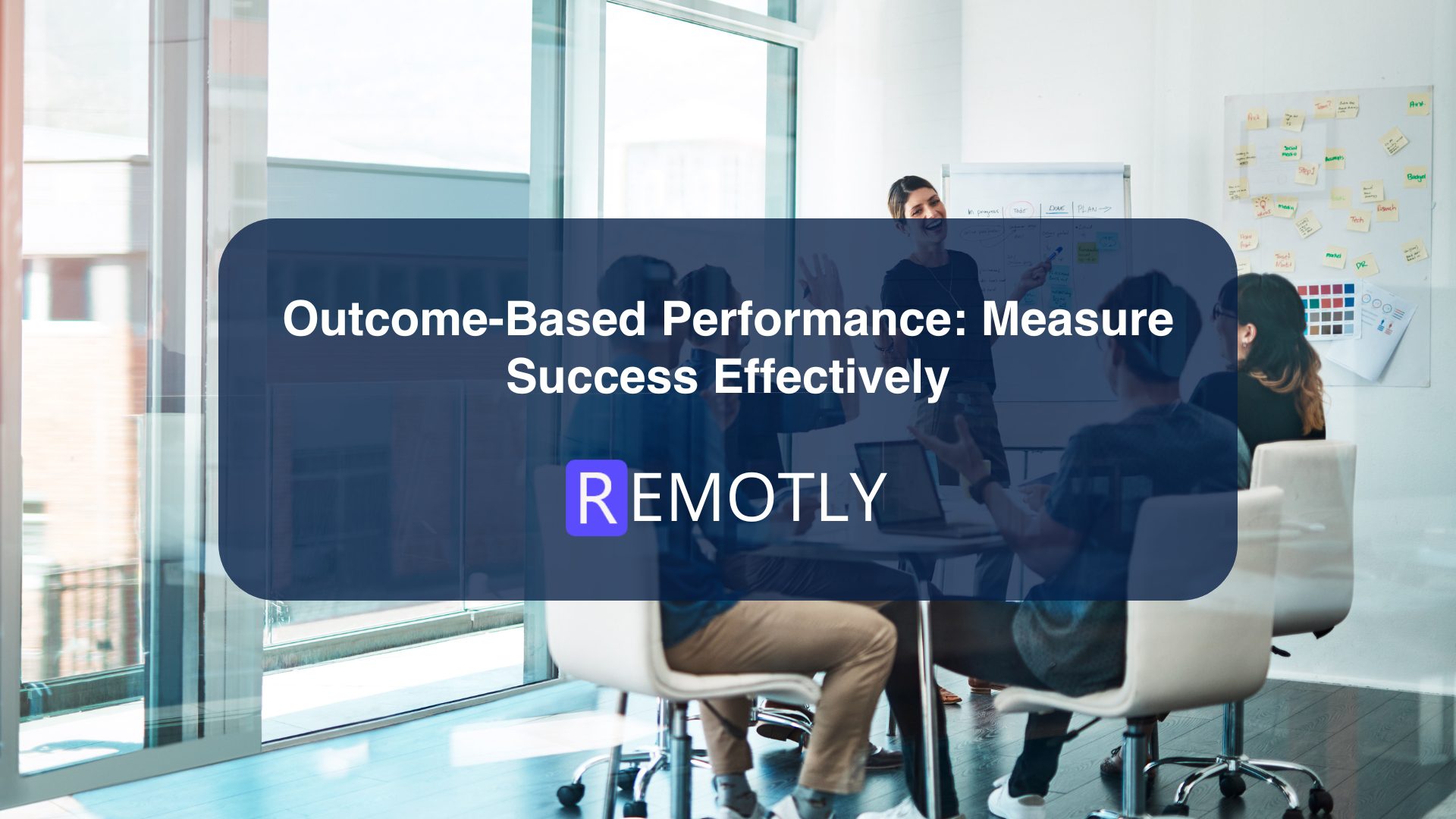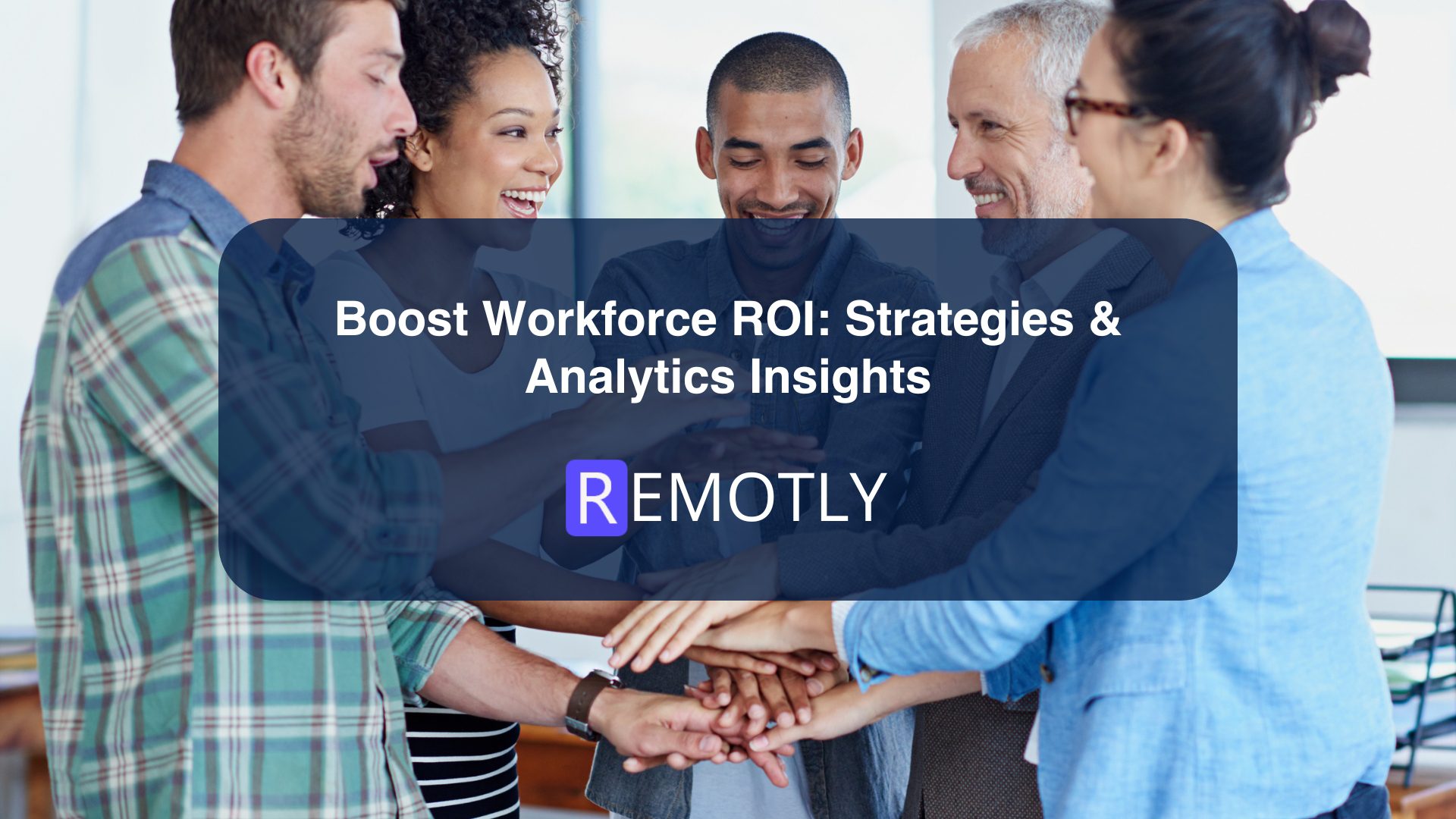In today’s competitive environment, organizations are turning to workforce analytics to improve productivity and performance. By embracing data-driven workforce strategies, businesses can make smarter decisions that directly impact their bottom line. This guide explores how to use workforce analytics ROI to enhance employee efficiency, reduce costs, and drive long-term success.
What Is Workforce Analytics ROI and Why It Matters
Workforce analytics ROI measures the tangible value derived from analyzing employee data to improve business outcomes. It reflects how effectively a company uses workforce data to boost performance, engagement, and efficiency compared to the investment made.
By leveraging data insights, leaders can make more strategic decisions that lead to measurable improvements such as enhanced employee performance, reduced turnover, and optimized resource allocation.
Key benefits that contribute to workforce analytics ROI include:
- Improved employee performance and satisfaction
- Reduced turnover rates
- Enhanced talent management and resource optimization
Calculating ROI involves tracking improvements across critical metrics like productivity gains, engagement levels, and cost savings. Because workforce analytics is an ongoing process, continuous monitoring and refinement are essential for sustained impact.
How Employee Performance Metrics Drive Better ROI
Tracking the right employee performance metrics is central to any analytics strategy. These metrics serve as indicators of organizational health and employee efficiency.
Key Performance Indicators to Track
- Productivity: Measures employee output over time. High productivity indicates effective resource utilization.
- Engagement Levels: Show how committed employees are to their work and company mission.
- Absenteeism Rates: May signal morale or work-life balance issues.
- Turnover and Retention Rates: Reflect workforce stability and satisfaction.
- Skill Proficiency Levels: Identify areas for training and development.
Analyzing these metrics allows organizations to create targeted strategies that foster engagement and performance. A well-structured data-driven workforce approach ensures that every decision supports productivity and employee well-being.
How to Leverage Workforce Data Insights for Smarter Decisions
Turning raw data into actionable insights is at the heart of successful analytics. Workforce data insights help businesses identify trends, forecast future needs, and respond proactively.
Key areas where workforce insights add value include:
- Hiring and Recruitment Trends: Analyze which sources yield top talent.
- Employee Satisfaction Scores: Detect cultural or management issues early.
- Performance Improvement Patterns: Understand what motivates high performers.
Predictive analytics enhances these insights by anticipating workforce demands. With this foresight, organizations can adjust hiring, training, or resourcing plans before challenges arise.
A strong analytics process turns data into a competitive advantage, allowing businesses to act quickly and stay ahead.
How to Build a Data-Driven Workforce Strategy That Maximizes ROI
Developing a data-driven workforce strategy starts with defining clear goals and aligning them with business outcomes.
Step-by-Step Approach to Building Your Strategy
- Set Measurable Objectives: Clarify what success looks like higher productivity, better retention, or improved engagement.
- Identify Relevant Data: Focus on employee performance metrics and other KPIs that connect to organizational goals.
- Integrate Data Tools: Ensure analytics systems work seamlessly with HR platforms for real-time insights.
- Analyze Regularly: Frequent evaluations help fine-tune strategies based on current data.
- Promote Data Literacy: Educate employees about using data in everyday decisions.
A culture of data literacy ensures that analytics doesn’t stay confined to HR it becomes part of how every department operates. This alignment ultimately strengthens workforce analytics ROI.
How to Measure and Communicate the Impact of Workforce Analytics
Measuring success is crucial for validating your workforce analytics ROI. Use both qualitative and quantitative metrics to track outcomes.
Key metrics include:
- Employee productivity and engagement scores
- Retention and turnover rates
- Operational cost reductions
To communicate results effectively, use clear visuals like charts and dashboards. Regularly sharing analytics reports with stakeholders fosters transparency and confidence in data-driven decisions.
Best practices for communicating analytics impact:
- Combine different metric types for a balanced view
- Report regularly with visual summaries
- Maintain transparent communication with stakeholders
When everyone understands how analytics improves business outcomes, alignment and ROI naturally strengthen.
Overcoming Common Challenges in Workforce Analytics Implementation
Despite its advantages, implementing workforce analytics can face hurdles such as data privacy, integration issues, and resistance to change.
How to Address Key Challenges
- Data Privacy & Compliance: Establish strict governance frameworks to ensure ethical data use.
- Technology Integration: Choose tools that fit seamlessly into existing HR systems.
- Employee Buy-In: Communicate benefits clearly and train teams to use analytics confidently.
- Change Management: Encourage leadership support and ongoing feedback loops.
Proactively addressing these challenges creates a smoother transition to a data-driven workforce model and sets the stage for maximizing ROI.
Best Practices to Sustain Long-Term Workforce Analytics ROI
Sustaining ROI requires a long-term commitment to continuous improvement. Businesses must regularly review their analytics approach to ensure relevance and accuracy.
Recommended practices include:
- Keep data sources updated for reliability
- Promote cross-functional collaboration
- Offer regular analytics and data training
- Reassess strategies as business priorities evolve
By embedding analytics into everyday operations, companies can strengthen decision-making, boost engagement, and maintain their competitive edge.
The Future of Workforce Analytics ROI
The future of workforce analytics ROI lies in advanced technologies such as AI-driven insights, real-time dashboards, and predictive analytics. These innovations will empower leaders to make faster, more accurate decisions.
As businesses increasingly rely on analytics, success will depend on adaptability and continuous learning. Embracing workforce analytics is no longer optional it’s essential for efficiency, engagement, and profitability.
Companies that commit to evolving their data-driven workforce strategies will secure lasting competitive advantages.
FAQ’s
What is workforce analytics ROI?
Workforce analytics ROI measures the return a company gains from using data to improve employee performance, engagement, and efficiency compared to the cost of analytics implementation.
How do employee performance metrics improve ROI?
By tracking metrics like productivity, engagement, and retention, companies can identify gaps and optimize strategies that enhance performance and overall workforce effectiveness.
What challenges do companies face in workforce analytics?
Common challenges include data privacy concerns, lack of integration between systems, and resistance from employees unfamiliar with analytics tools.
How can organizations ensure sustained ROI from analytics?
By reviewing strategies regularly, maintaining accurate data, and fostering a data-literate culture, businesses can ensure that their analytics efforts remain impactful and relevant.




